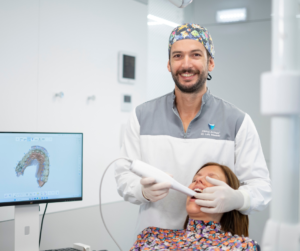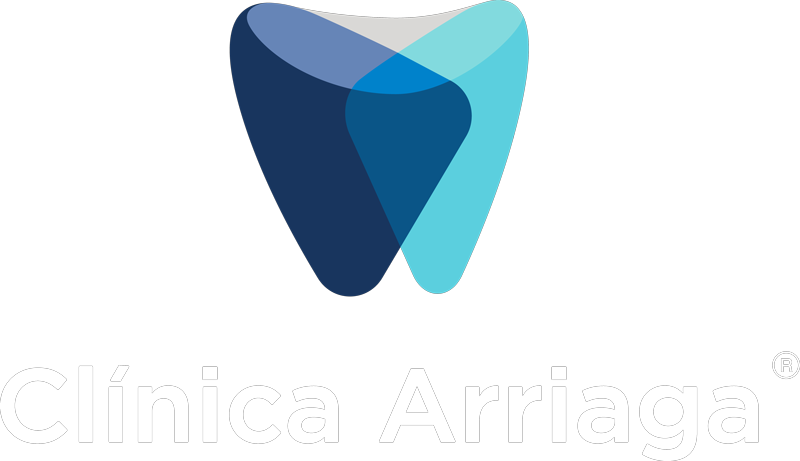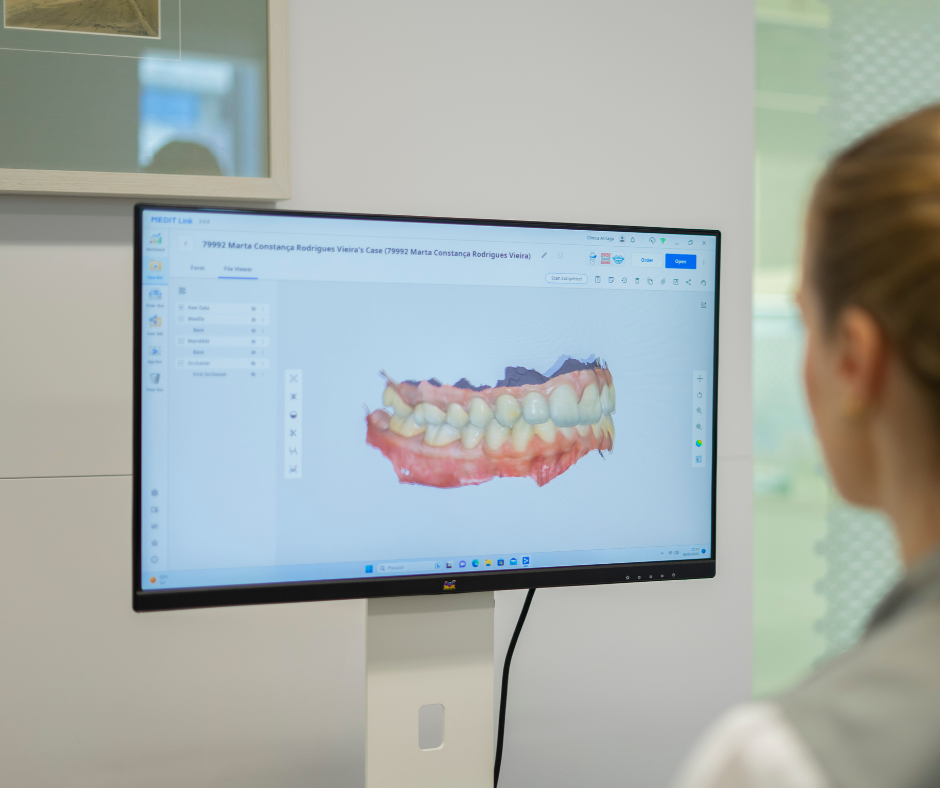The intraoral scanner allows an evolution in dentistry and the technologies used have evolved to simplify the job of dentists and enhance the overall experience for their patients.
One of the technologies that is increasingly sought after is the use of intraoral scanners for dental impressions. The intraoral scanner has several applications in Dentistry – restorations, diagnosis, customization of prostheses, surgery, and Orthodontics.
What is the intraoral scanner?
The intraoral scanner is a piece of equipment that allows the dentist to make a 3D scanned copy of the patient’s mouth (teeth, gums, among others).
Its main objective is to increase the effectiveness of impressions made inside the patient’s mouth, as well as to reduce clinical and laboratory time.
What is the purpose?
It can be used to assist in the construction of dental prostheses, orthodontic appliances, invisible aligners, veneers, crowns, etc… Especially work involving the laboratory part.

What are the benefits?
- Easy interdisciplinary communication: Communication with patients, colleagues, and the laboratory anywhere in the world.
- More sustainable technology:
Conclusion:
In short, the intraoral scanner will be an increasingly used tool in dental clinics and greatly facilitates the work during the consultation.
- More realistic reproduction: Allows you to see the patient’s mouth in 3D, show the patient and predict results.
- Easy interdisciplinary communication: Communication with patients, colleagues, and the laboratory anywhere in the world.
- More sustainable technology:
Conclusion:
In short, the intraoral scanner will be an increasingly used tool in dental clinics and greatly facilitates the work during the consultation.
- Precision: Images with great detail allow the dentist to visualize the scan while he is carrying it out, being able to change it at the same time.
- More realistic reproduction: Allows you to see the patient’s mouth in 3D, show the patient and predict results.
- Easy interdisciplinary communication: Communication with patients, colleagues, and the laboratory anywhere in the world.
- More sustainable technology:
Conclusion:
In short, the intraoral scanner will be an increasingly used tool in dental clinics and greatly facilitates the work during the consultation.
- Comfort for the patient: Better experience because the traditional way of making impressions often caused discomfort and a feeling of vomiting to the patient.
- Precision: Images with great detail allow the dentist to visualize the scan while he is carrying it out, being able to change it at the same time.
- More realistic reproduction: Allows you to see the patient’s mouth in 3D, show the patient and predict results.
- Easy interdisciplinary communication: Communication with patients, colleagues, and the laboratory anywhere in the world.
- More sustainable technology:
Conclusion:
In short, the intraoral scanner will be an increasingly used tool in dental clinics and greatly facilitates the work during the consultation.




